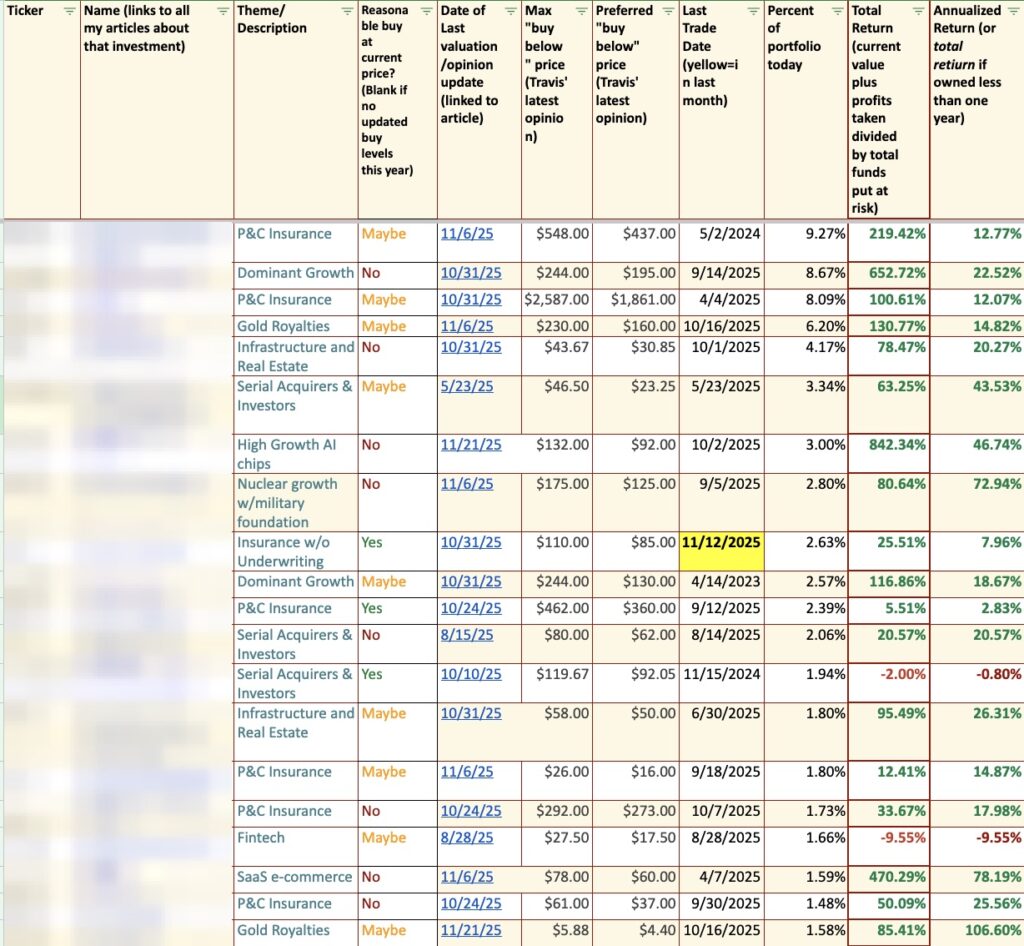wildpixel
MidCap Financial (NASDAQ:MFIC) unexpectedly announced a plan for growth through mergers at its last conference. In the past, our multitude of articles focused on predicting future performance and dividends for either Apollo or its new name, MidCap Financial. Although many questions appear with mergers, the first and most important one concerns dilution. Will the dividend remain covered? What about earnings? In this writing, our intent focuses on the proposed merger and its effect on investors. Can a butterfly morph into an eagle? Is that impossible? Let’s go find out.
The Merger Announcement
MidCap announced its plans to merge with two other Apollo funds, Senior Floating Rate Fund Inc. (AFT) and Apollo Tactical Income Fund Inc. (AIF). MidCap retains control and management. Both Floating and Tactical are CEFs (closed-end funds). From the announcement:
MidCap Financial Investment Corporation (NASDAQ: MFIC), Apollo Senior Floating Rate Fund Inc. (NYSE: AFT) and Apollo Tactical Income Fund Inc. (NYSE: AIF) (AFT and AIF, together, the “CEFs”) today announced that they have entered into separate definitive agreements pursuant to which AFT and AIF will merge with and into MFIC…”
Again, both funds are in the Apollo family. The first fund describes itself:
Apollo Senior Floating Rate Fund Inc. (the “Fund”) is . . . diversified, . . . [with the] objective is to seek current income and preservation of capital by investing primarily in senior, secured loans made to companies whose debt is rated below investment grade…”
The second described itself:
Apollo Tactical Income Fund Inc. (the “Fund”) is a diversified, . . . [with a] investment objective is to seek current income with a secondary objective of preservation of capital by investing in a portfolio of senior loans, corporate bonds and other credit instruments of varying maturities.”
Both funds consist of bonds employing a level of leverage for increasing returns plus a minimal level (approximately 7%) of fixed instruments whose presence will cause minor asset value fluctuations during periods of volatile interest swings.
Next, we offer a performance comparison of the three.
| Comparisons | NAV | Stock Price | Leverage | Distribution (Per Quarter) |
| MidCap | $15.25 | $13.3 | 1.4 | $0.38 |
| Senior Floating Rate Fund | $15 | $13 | 36% * | $0.40 |
| Tactical Income Fund | 14.65 | $13 | 36% * | $0.375 |
* Characterized differently than BDCs. It is debt divided by assets. (BDCs define leverage by law, and may “borrow up to two dollars for every dollar . . . in assets less all liabilities and indebtedness not represented by senior securities issued by [itself].”)
For more understanding of the two bond closed funds, we encourage this supplemental reading by other smart Seeking Alpha authors.
- AFT: Senior Loan CEF, Double-Digit Distribution Yield And Discount.
- AIF: Hedge Your Interest Rate Risk With This Affordable CEF.
The three possess many similarities and significant differences. Net asset value, stock prices and yield are similar. Two of the funds hold bonds; the last is in the middle-market business development corporation (BDC). At the close, management expects, “Assuming both Mergers close, the estimated pro forma post-merger shareholder ownership is approximately 69% for current MFIC shareholders, 16% for current AFT shareholders, and 15% for current AIF shareholders.”
With respect to the proposal, MidCap management also wrote:
The merger will create a larger BDC with approximately $3.4 billion of total investments, [currently $2.4 billion] in approximately 215 portfolio companies once fully rotated and deployed, and over $1.4 billion of net assets. To be clear, MFIC’s investment strategy will not change as a result of the mergers. The combined company will focus on first lien floating rate loans to middle market companies, primarily sourced by MidCap Financial…”
Financial is clearly entering this merger to expand size and reach but not to change its model. During the call, Kenneth Lee of RBC Capital Markets, asked:
And then in terms of the potential portfolio rotation out of the broadly syndicated loans, what sort of time frames are you thinking about in terms of rotating?”
Howard Widra, MidCap Executive Chairman, answered:
….again, like sort of our base case is 3 to 5 quarters will be rotated out, and we would expect to rotate out of those names. Obviously, when they re-fi, they will be redeployed. And then separately, as we said, this transaction creates investment capacity just from the different leverage ratios…”
Once the merger is approved, the lower leverage ratios within the other companies immediately open opportunities for investments.
The mergers are contingent upon approval from shareholders. Either merger or both may proceed regardless of the other’s status once approved.
Advantages
MidCap’s interest is twofold, quickly grow size in a synergistic fashion with better efficiency. From the prepared remarks:
We have estimated annual savings of approximately $3.1 million per year, which is a decrease of approximately 16% from the combined company’s current G&A or approximately $0.03 per share annually based on pro forma number of shares.”
After the Merger
A couple of important events appeared after the merger. First, for shareholders, a special distribution is planned.
| Special Dividend* | MidCap | AFT | AIF |
| Entity | $0.20 | $0.25 | $0.25 |
*Tax implications haven’t yet been determined.
Second, the merged company will immediately start selling off the out-of-model investments as stated above with a clear focus on pristine 1st lien investments. We suspect that with the similar, almost identical, distributions, investors won’t experience dividend decreases. In fact, in time, dividends are likely to increase coming closer to MidCap’s consistent $0.44 per quarter. Again, an additional penny a quarter of earnings is also expected from efficiencies.
We are in favor of this merger offering what we believe are advantages of scale and efficiency.
Risks
In the past, Apollo/MidCap was checkered. Today it operates at higher leverages than other business development companies with its 1.4 range. But models have shown that top 1st liens at 1.4 leverage are not riskier than 1.2 leveraged ones with more typical BDC 1st/2nd lien ratios at 70%/30%. Other risks come with recessions. One is coming, in our view; actually, one is in progress. MidCap took care of major levels of business risk after the last falling out in 2020 by eliminating non-core investments, lowering the percentage of its aircraft leasing assets and continuing to push into only pristine, high quality 1st lien investments. Further supporting our rating of a buy, all of the businesses are trading at levels significantly lower than the net asset value. What was a problem child in the BDC sector, now morphs into a beautiful eagle, one cocoon at a time.















